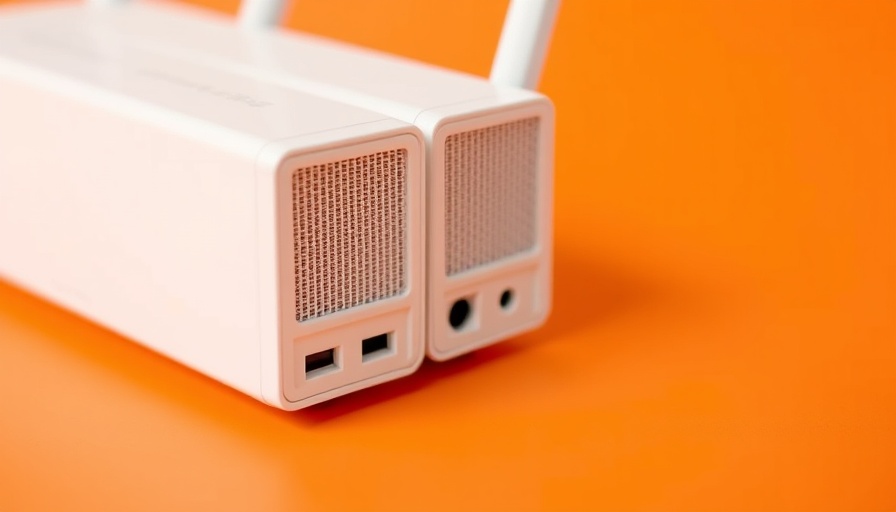
Unlocking the Power of Your Mesh Router: A Guide to Placement
When it comes to achieving optimal Wi-Fi performance in your home, placement is paramount. Especially for users reliant on mesh networking, understanding where to position these devices can drastically enhance signal strength and connectivity. After years of hands-on testing and observing Wi-Fi performance in various home setups, I've formed a clear picture of what works – and what doesn't.
Why Router Placement Matters
Imagine your Wi-Fi signal as a ripple in water. The center of the ripple (the router's location) influences how far the waves will reach. Unlike traditional routers that function from a singular point, mesh systems distribute the signal from multiple devices located throughout your house. Thus, the mesh network is only as strong as the individual placements of the connected nodes.
Finding the Ideal Spot for Your Main Node
To start, you want your main mesh router—the one wired directly to your modem—situated centrally in your home. Positioning your router in a location such as the living room or a hallway can mitigate dead zones, which are common with far-off or poorly-placed routers. It’s critical to avoid hiding the router away in cabinets or behind large furniture, as this obstructs the streaming of signals.
For optimal performance, aim to keep your mesh nodes in open spaces, away from obstructions. This way, each node can better communicate with the others, leading to improved overall connectivity.
Elevating Your Wi-Fi Coverage
Additionally, position your mesh routers upstairs or on elevated surfaces. Walls, floors, and even furniture can act as barriers that weaken the signal. By increasing elevation, you're allowing the signals to travel further and reach more corners of your home. Testing has consistently shown that rooms on separate floors in multilevel homes benefit tremendously when routers are mounted high.
Common Misconceptions About Mesh Networks
Many users assume that simply acquiring a mesh router system will solve their Wi-Fi woes. However, without optimal placement, the system won’t deliver its full potential. Dead zones can still exist if nodes are spaced improperly or obstructed by large furniture or appliances. A holistic approach, combining the right equipment with informed placements, is necessary for comprehensive coverage.
Future-Proofing Your Home Network
As smart devices become more prevalent in our homes, effective Wi-Fi placement is crucial. With internet-of-things (IoT) devices springing up in kitchens, living rooms, and bedrooms, ensuring that your mesh network can efficiently handle increased traffic is vital. By strategically positioning your devices now, you can preempt connectivity issues as your digital landscape continues to evolve.
Conclusion: Embrace the Change
Your Internet experience is only as strong as your Wi-Fi, and with mesh routers, efficient placements can revolutionize it. Don’t hesitate to experiment with different locations for your nodes; what works best can vary based on personal layouts and the materials in your home. Optimizing your mesh network could be as simple as stepping back and re-evaluating your setup. So, go ahead—give your home internet the upgrade it deserves!
 Add Row
Add Row  Add
Add 




Write A Comment